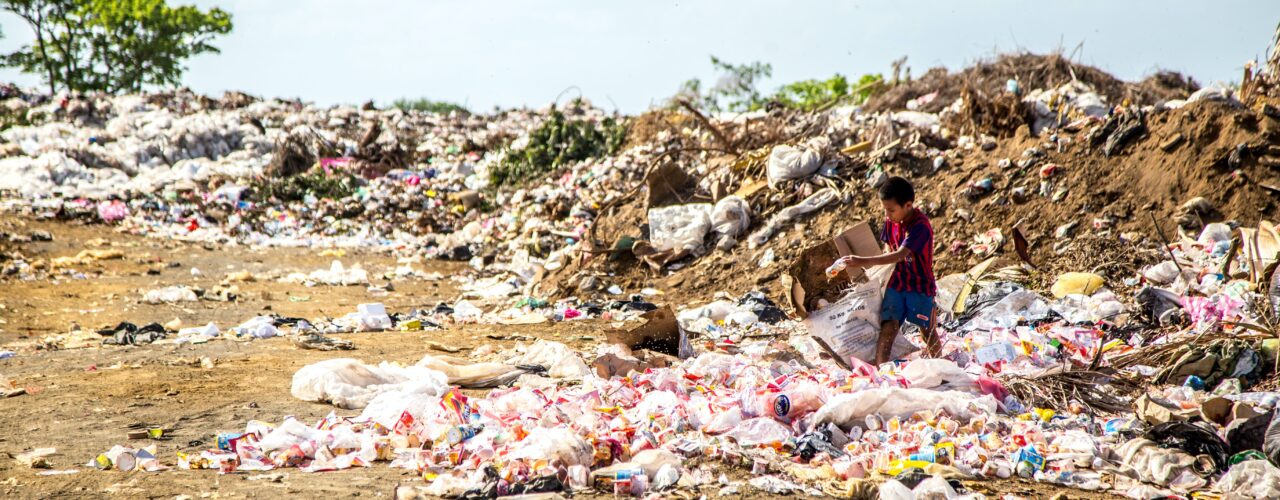Inequality
Eighty-two percent of the wealth generated globally in 2017 went to the richest 1%, while half the world’s population still live on less than US$5.50 per day.
Read more
Current Trajectory
Across much of the world, the gap between rich and poor is widening. Given historic growth rates, it would take 100 years and a 15-fold increase in global GDP to lift everyone above the World Bank’s poverty line (which itself has been criticised as too low).
Inequality was stark and soaring even in the pre-COVID-19 world. Yet the pandemic has further highlighted the extent to which systemic inequality and injustices are built into our key systems. Financialization of the global economy is an underlying driver, as the rate of return on capital has been higher than economic growth, rewarding asset owners and the already wealthy, over workers. The ‘trickle down’ paradigm has failed, fuelling intergenerational inequality within almost all economies along racial, class and caste lines.
Health outcomes reveal further inequality along these lines. For instance, chronic conditions such as diabetes, obesity and hypertension – which are associated with higher rates of COVID-19 infections – are reported as more prevalent among minorities in the United States than within the white population.
Meanwhile, the climate crisis is also manifesting unequally along the same lines, as evidenced by the UN’s recent warning of the world facing a ‘climate apartheid’ risk, where minorities, indigenous peoples and the worlds most vulnerable communities are again disproportionately affected.
Implications
The convergence of COVID-19 alongside these financial and climate inequalities has further sharpened existing socio-economic divides, resulting in a groundswell of political and social unrest, as evidenced in relation to migrant workers in India. It has also resulted in a resounding call to action by Black Lives Matter, as well as calls from local communities to heads of state to Build Back Better. But to what extent will addressing root causes of inequality feature in the recovery? What additional steps will the private sector take to improve the protection of workers across their supply chain?
Supporting evidence
- According to research by Oxfam, 82% of the wealth generated globally in 2017 went to the richest 1%, while half the world’s population still live on less than US$5.50 per day.
- According to the UN Special Rapporteur on extreme poverty and human rights, Philip Alston, climate change “threatens to undo the last 50 years” of development, global health and poverty reduction.
- By the end of July, more than half of Mumbai slum-dwellers were reported to have tested positive for antibodies to the coronavirus.
- Data released by the Centers for Disease Control and Prevention reveals that African Americans and Latinos in the US have been three times more likely to contract COVID-19 than white residents and nearly twice as likely to die from it.
- At meatpacking plants, where the rate of COVID-19 infections is higher than the rate in 75 percent of US counties, nearly half of workers are Hispanic and a quarter are African American.
- Amnesty International has reported that police enforcing COVID-19 lockdowns across Europe have disproportionately targeted ethnic minority and marginalized groups with violence, discriminatory identity checks, forced quarantines and fines.
- In ASEAN, COVID-19 was reported to have a disproportionate effect on migrant workers.

Join discussion